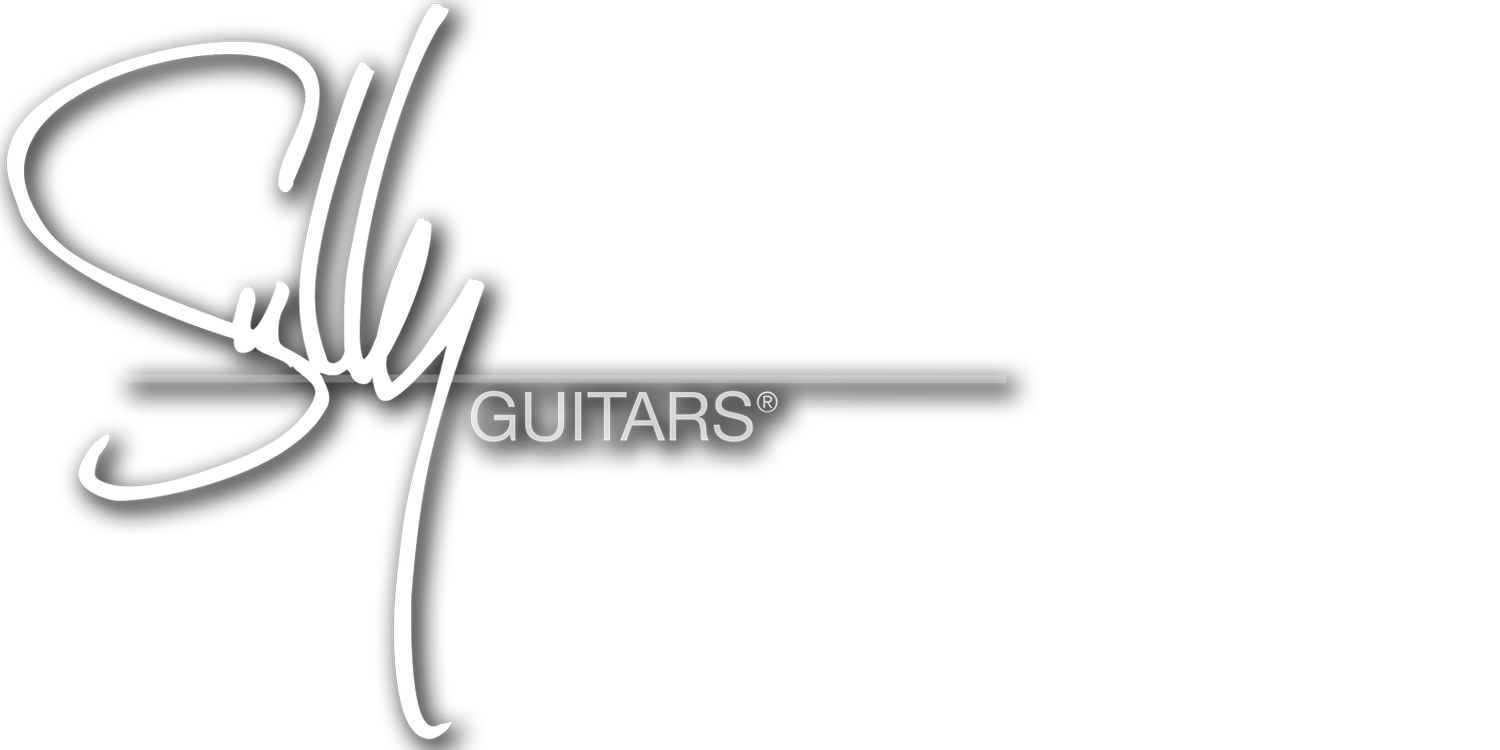Hey Sully I have a question here about clear coating, I built a guitar from scratch just recently and I’m just waiting for the bridge to arrive in the mail. I put on about 8 coats of clear coat, now here’s my question; if I don’t think it’s clear coated(shiny) enough, could I just take the neck and pickup out and put on a few more layers? Or should I sand it down lightly first with like an 800 grit sandpaper?
Hey there,
The gloss of a finish comes to life after wet sanding it flat and then buffing it to its final shine. If you shot it with lacquer, the general rule is to have around 9 coats on there at minimum (three coats of clear shot three hours apart for three days). So if you shot lacquer, you can reshoot it and the lacquer will melt into what’s on there now (If you shot a catalyzed, two part urethane clear, they don’t melt into each other). If you decide to add some more coats, you can scuff sand it with 600 and reshoot. The other thing I’d like to point out, assuming you shot lacquer, is to give it at least 4-6 weeks of curing time before you think of wet sanding and buffing it out. Fight all urges to complete it, and give it the time it needs to cure. It may look like you’ve got a ton of clear on it right now, but the finish will gas off over time and shrink. While it might look great the next day, if one was to sand and buff it out and move to assembly, it wouldn’t be uncommon for what’s left of the clear to sink into the wood. When it stops smelling like paint, you’re usually okay to start sanding and buffing.























